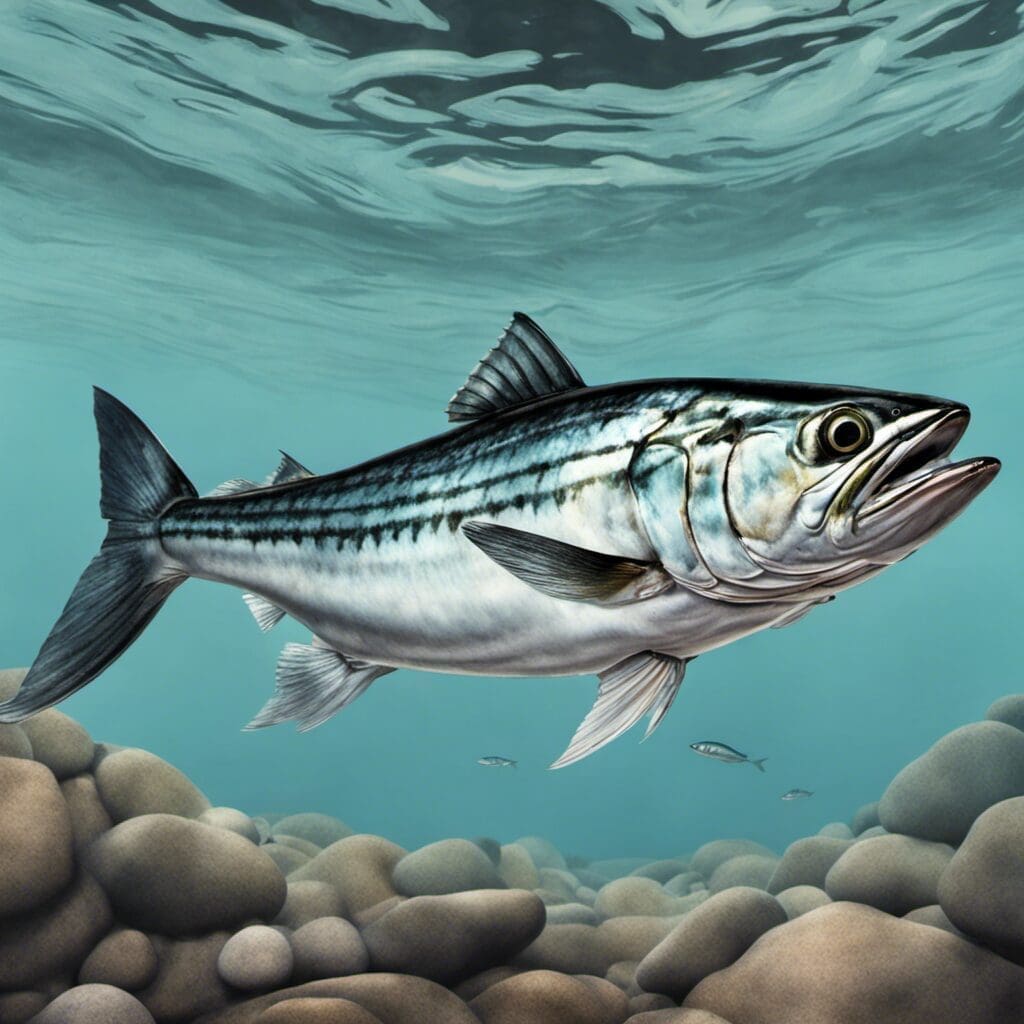Introduction
The Sierra Mackerel, scientifically known as Scomberomorus sierra, is a member of the Scombridae family, which includes a wide variety of other pelagic fishes like tunas and bonitos. This high-speed swimmer is a popular target for sport fishing due to its fast and vigorous action when hooked.
Conservation Status
The Sierra Mackerel is currently unassessed by the International Union for Conservation of Nature (IUCN), but it is subject to fishing regulations in different regions, which aim to maintain sustainable populations and prevent overfishing.
Conservation Efforts
There have been various conservation efforts initiated by government bodies and non-profit organizations to ensure the sustainability of the Sierra Mackerel population. This includes regulation of commercial and sport fishing, habitat conservation, and educating fishers on safe catch and release practices.
Statistics
| Factor | Average | Range |
|---|---|---|
| Length | 75 cm | 30-100 cm |
| Weight | 5 kg | 1-10 kg |
| Average Lifespan | 8-10 years | – |
| Maturity Age | 2-3 years | – |
Distribution
The Sierra Mackerel is generally found in the Pacific Ocean. Its range extends from Mexico and Peru in the eastern Pacific to Japan in the western Pacific. It is also found in the waters around the Galapagos Islands.
Migration Patterns
Sierra Mackerel are known to spawn in tropical and subtropical waters, migrating to cooler waters to feed during the warmer months.
Habitats
Sierra Mackerel inhabit both deep oceanic waters as well as shallower coastal waters, and can typically be found between the surface and depths of 50 meters. They prefer relatively warm waters and often inhabit areas where water temperatures range from 18-28 degrees Celsius.
When and Where to See
- Seasonal Patterns: Sierra Mackerels are most often sighted during the warmer months, particularly from late spring through to early autumn.
- Time of Day: They are most active during the daylight hours and can often be seen feeding near the surface.
Best Fishing Locations
- Sea of Cortez, Mexico
- Pacific Coast, Peru
- Pacific Coast, Ecuador
- Coast of Guatemala
- Northwestern Hawaii Islands, USA
- South China Sea
- Andaman Sea, Thailand
- Southern Australia
- Western Coast, Japan
- New Zealand waters
How to Catch
- Preferred Bait or Lures: Sierra Mackerel usually preys on smaller baitfish, squid, and shrimp, and therefore these can be used as bait. They also tend to react well to silver lures.
- Fishing Techniques: This species is often caught using techniques like trolling, spin casting, and fly fishing. It’s also possible to catch them using nets.
- Best Time of Day or Season for Fishing: The best time to catch Sierra Mackerel is during daylight hours in the warmer months of the year.
Identification Guide
Sierra Mackerel are characterized by their streamlined bodies which are primarily silver with a blue-green back. They also have several evenly spaced, round black spots just behind their dorsal (back) fin. To distinguish them from similar species, observe their shape and the arrangement of their fins.
Culinary
Sierra Mackerel is known for its full flavor and firm, flaky texture, making it a good choice for grilling, baking, barbecuing, or frying. With its high protein content and healthy omega-3 fatty acids, it’s not only a delicious choice but also a nutritious one.
Nutritional Information
| Nutrient per 100g | Value |
|---|---|
| Calories | 205 |
| Protein | 22 g |
| Fat | 13.89 g |
| Cholesterol | 50 mg |
| Sodium | 90 mg |
Recipes
- Mackerel Fillets with Lemon and Capers
- Grilled Mackerel with Mango Salsa
- Baked Mackerel with Herb Butter
- Pan-fried Mackerel with Chilli & Lime
Additional Information
Sierra Mackerel are known to be fast, agile swimmers and are considered a highly efficient predator of smaller marine life. Predators of Sierra Mackerel include larger fish species like marlin and sharks, as well as human anglers. They have a significant role in a number of marine food chains.
Behavior
The Sierra Mackerel has an advanced sense of sight and can detect the movement of prey from a distance. The species often sticks together in schools, especially when migrating, with younger individuals sticking closer to the coast while mature ones venture into deeper waters.
Predators and Threats
The main natural predators of the Sierra Mackerel are large marlin and sharks, while humans are the primary threat due to commercial and recreational fishing.
Cultural/Historical Significance
In certain coastal communities, the Sierra Mackerel plays an integral role in local fishing traditions and its annual migration is a significant event. It is often part of cultural exchanges, rituals, and festivities, emphasizing its importance in local history and culture.
References and Further Reading
- Myers, R. F. (1991). Micronesian reef fishes. Coral Press.
- Randall, J. E. (2005). Reef and Shore Fishes of the South Pacific. New Caledonia to Tahiti and the Pitcairn Islands. University of Hawai’i Press.
- Fishbase.org. Sierra Mackerel. Source.

